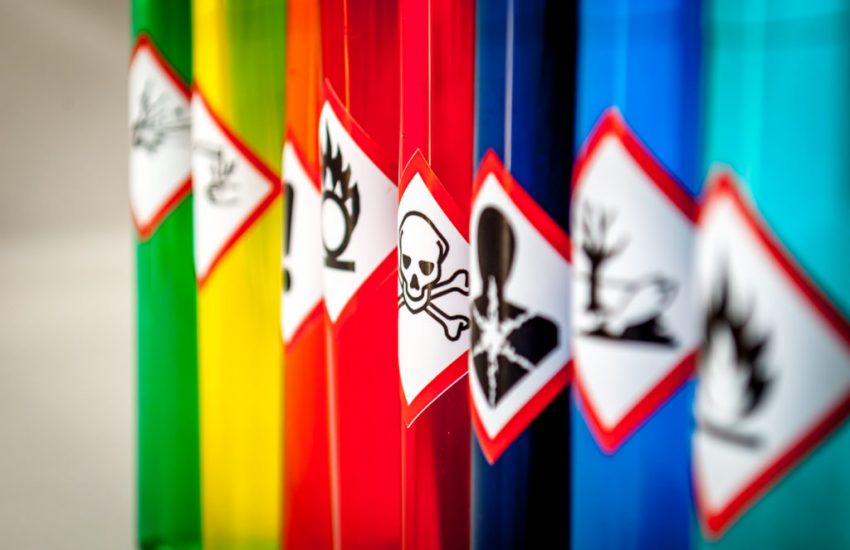Coming shortly after the September 23, 2021, enactment of the U.S. Environmental Protection Agency’s rule calling for an 85% reduction in hydrofluorocarbons (HFCs) over the next 15 years, the agency maintained its momentum on October 8, 2021, granting 10 petitions submitted under the American Innovation and Manufacturing (AIM) Act to further reduce HFCs.
The AIM Act, enacted in December 2020, specifically directs the EPA to address HFCs in three areas; phase down their production and consumption, manage the use of existing HFCs and alternative chemicals, …
Continue Reading









